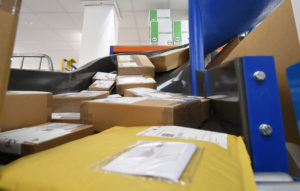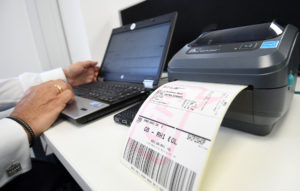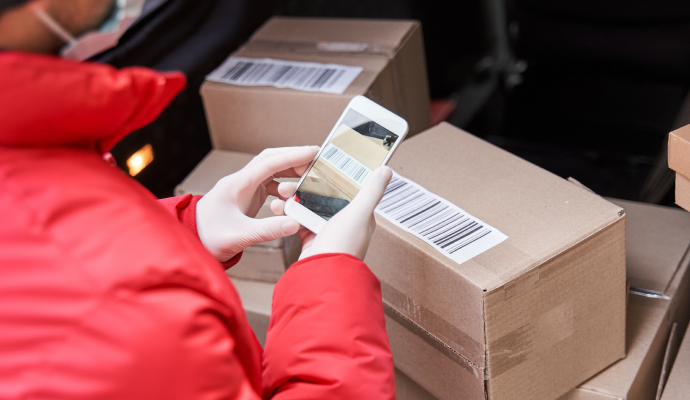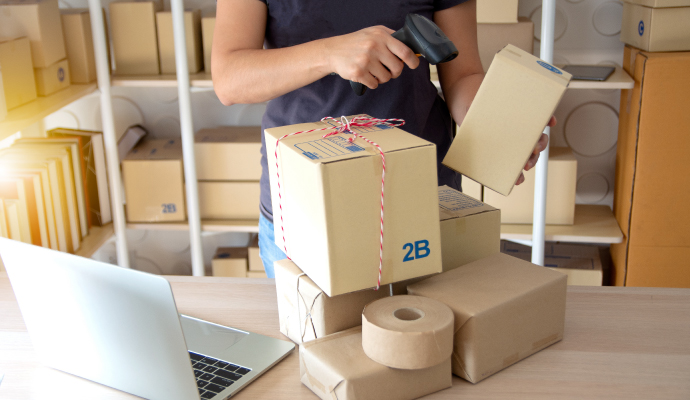Blog: Retailer roundtable – Meeting customer expectations of online delivery
Bobbie Ttooulis, CMO Group Marketing, GFS
I was recently fortunate enough to take part in an engaging roundtable hosted by Internet Retailing, on the challenges and opportunities that come with meeting customer expectations of the online delivery process.
At a retail company, you can have anyone from front of house retail staff, to operations managers, heads of eCommerce to CEOs. It was both interesting and encouraging to see that a roundtable on delivery and customer experience attracted such a mix of logistics and eCommerce professionals. However, this should come as no surprise, customer experience is more than a logistics problem it’s also a marketing opportunity.
The conversation between some of the UK’s major retailers produced three main takeaways:
1. Customers expect delivery to offer convenience and choice

When you talk about eCommerce delivery, the word ‘Amazon’ is never far from anyone’s lips. And understandably so, there’s no doubting their reputation as a retail giant is largely down to being able to deliver a multitude of products quickly. So, surely every retailer should want to replicate their delivery model, right? Wrong. The overwhelming consensus from the retailers in our briefing was that choice and convenience trumps speed alone.
While next-day delivery is great for that urgent purchase, it may not be practical or financially prudent for every retailer to offer that option. What’s important for retailers is to offer delivery, and return options that best suit their customer’s needs. A recent IMRG survey highlights that 41 percent of customers have abandoned purchases due to a lack of convenient delivery options in the last year, showing that choice is just as important as speed. As long as your communication from purchase to returns keeps your customers updated, they will, for the most part, be understanding of the time it takes to deliver the product.
2. A flexible, multi-carrier approach is critical to customer satisfaction


The concept of offering customers a breadth of delivery options was not a new one to attendees. They all knew it was key to the customer experience, the issue is having the structure in place to make it a reality. There were a mix of single-carrier and multi-carrier delivery strategies in the room but the agreement within the group was that a multi-carrier approach lent itself better to giving retailers flexibility and choice. This means less delays and fewer unhappy customers.
Ultimately, if you want to offer a wide range of delivery options, to numerous destinations, one carrier alone is unlikely to be the best choice for every occasion. Some carriers may be cheap for next-day delivery but not designated day, others may be able to deliver to one country, but not another. It’s all about serving up the right carrier, for the right region. Furthermore, there’s always the danger that if your single carrier encounters a problem, and is unable to deliver, you have no way of preventing dissatisfied customers.
3. Tech integrations are essential


Finally, our attention turned to tech, and how it can be both the cause of and solution to delivery woes. Without multi-carrier-specific software, retailers would need multiple separate integrations for every carrier service they bring on. Integrating online checkout, labelling and despatch systems is a drag on IT resources and budget.
Investing in delivery software, that can support all the key functions for a multi-carrier approach is the way forward for retailers. Easy-to-integrate software that can switch delivery options on or off quickly at checkout, accurately produce compliant delivery labels, and automate despatch are key for sustaining a strong, reliable delivery offering.
Retailers are often being accused of not prioritising or understanding the role of delivery in relation to their customers, but this roundtable proved the opposite. Retailers know what good delivery strategy and customer experience looks like; they just need the help on the how.
For more details on how to meet customer expectations with delivery, download the executive summary of the Consumer Home Delivery Survey here.











